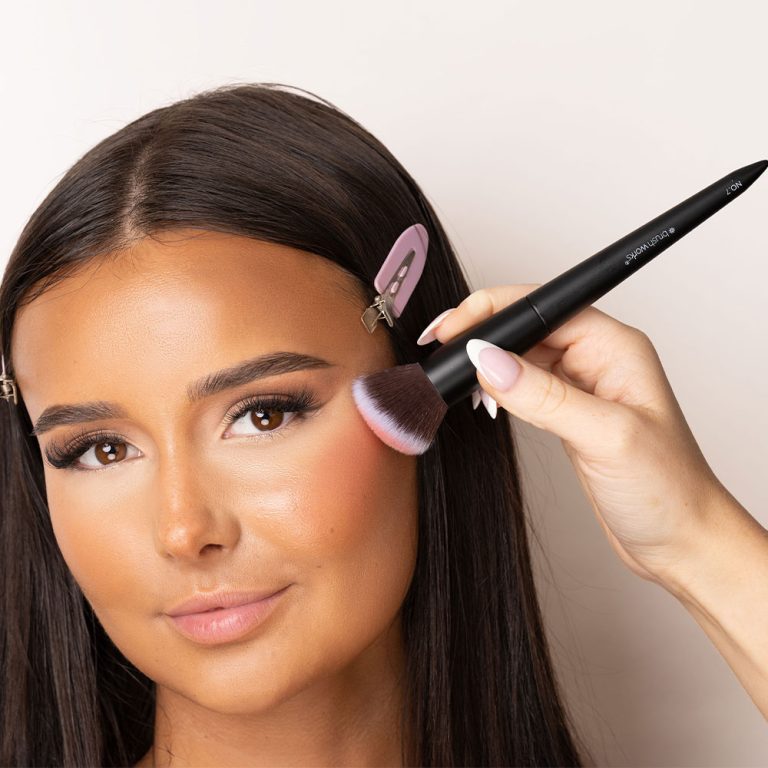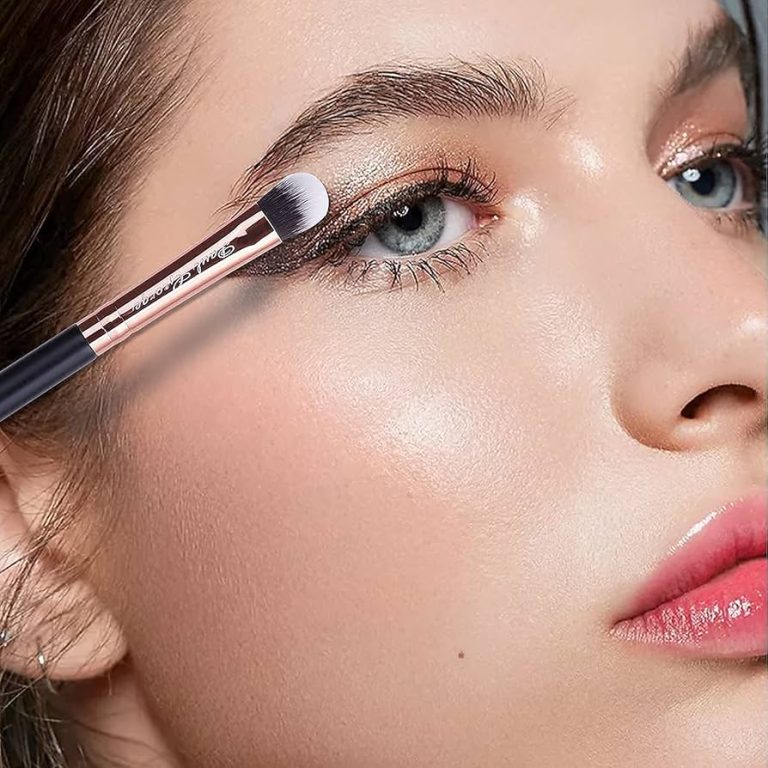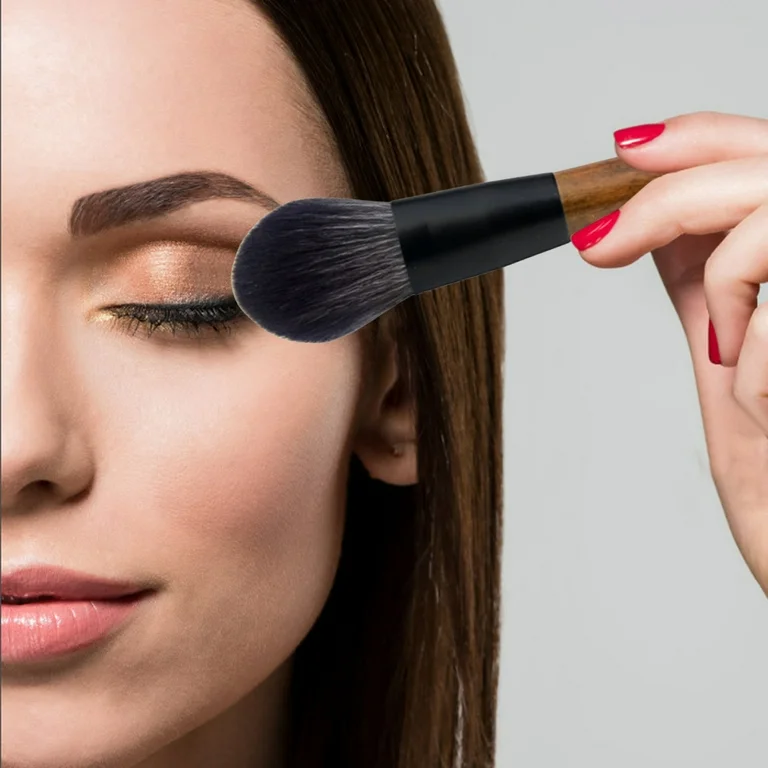
Makeup Brushes: How Frequently Should You Wash Them?
The Importance of Cleaning Makeup Brushes: How Often Should You Do It?
Makeup brushes are essential tools for achieving that flawless look. However, they also harbor bacteria, oils, and product residue. Understanding how often to clean makeup brushes is key to maintaining healthy skin and ensuring makeup application is smooth and seamless. This blog will explore the importance of cleaning makeup brushes, how often this task should occur, and the proper techniques to ensure brushes remain in optimal condition.
If you want flawless application and healthy skin, cleaning your makeup brushes is not just an option—it’s a necessity. Many beauty enthusiasts overlook this crucial step in their beauty routine, thinking that a simple rinse now and then will suffice. However, neglecting your brushes can lead to the accumulation of bacteria, dirt, and old makeup products. Consequently, this can result in breakouts or skin irritations that could easily be avoided. So, how often should you really be cleaning those bristles?
Transitioning from casual cleaning to a more diligent routine is essential for every makeup lover. Ideally, you should give your brushes a deep clean at least once a week. This ensures that any build-up is effectively removed, allowing for a smoother makeup application. On the other hand, tools that are used for liquid products, like foundation and concealer brushes, should be cleaned after every use. This not only maintains hygiene but also promotes the longevity of your brushes.
Moreover, incorporating a cleaning schedule can make this task feel less daunting. For instance, designate Sundays as your brush-cleaning day, or set reminders to prompt you midweek. By establishing consistency, maintaining clean brushes will become part of your beauty routine, rather than a chore.
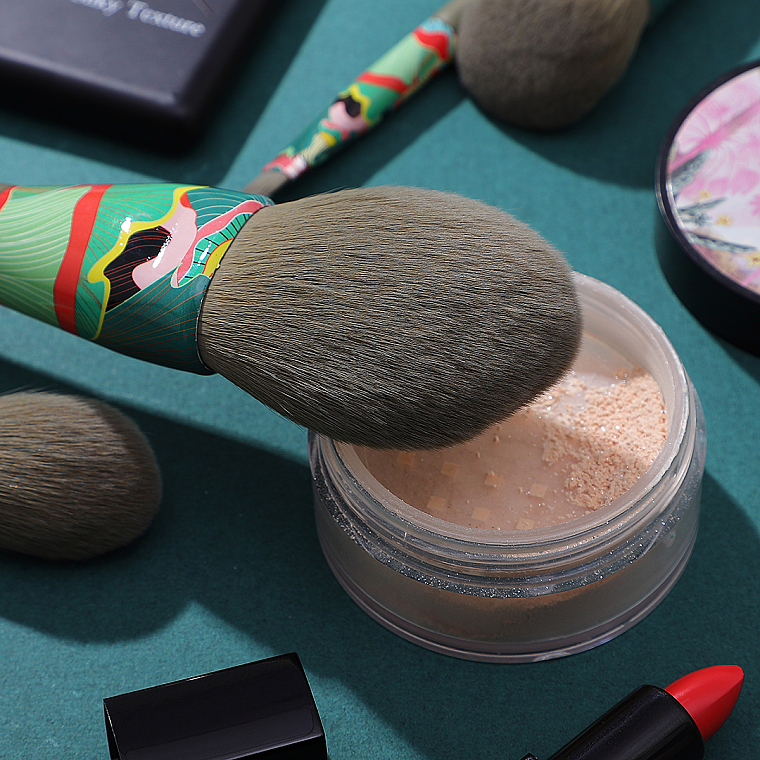
Why Clean Makeup Brushes?
Cleaning makeup brushes is crucial for several reasons. First, brushes accumulate bacteria over time. When brushes remain dirty, this bacteria can transfer to the skin, leading to breakouts, irritation, and other skin issues. Moreover, brushing with unclean tools can result in uneven application. Dirt and product buildup hinder the bristles’ ability to deposit makeup evenly. Thus, it is essential to establish a cleaning routine to prevent any adverse effects on skin health and makeup quality.
Another reason to clean brushes focuses on extending their lifespan. Dirty brushes deteriorate faster, resulting in the need for replacements. Over time, product buildup damages the bristles, making them less effective. By investing time in maintenance, brushes can last longer. This not only saves money but also ensures that makeup application remains enjoyable and efficient.
Furthermore, clean brushes help achieve professional results. Whether applying foundation, eyeshadow, or blush, the tools utilized play a significant role. Clean brushes ensure that pigments perform optimally and blend well. The difference in application quality when using clean versus dirty brushes is noticeable. Clean brushes enable users to achieve that desired look without straining or overworking other products.
How Often Should Brushes Be Cleaned?
Different brushes require varying cleaning frequencies. Foundation and concealer brushes should be cleaned after every use. These brushes come into contact with liquid products, making them more susceptible to bacteria growth. Failing to clean them can result in clogged pores and unwanted breakouts. The best practice is to fully cleanse these brushes after each application.
For other brushes, such as those used for powder products, cleaning every week is advisable. These brushes accumulate less bacteria but still collect residue from powders. Cleaning them weekly helps maintain their quality and performance. Additionally, it prevents discoloration and ensures that makeup applied appears fresh and vibrant.
Some brushes, like those used for eyeshadow, can be cleaned every two to four weeks. While eyeshadow brushes typically don’t touch skin, they can still harbor product buildup. Clean brushes also minimize any chances of bacterial transfer between different eyeshadow colors. Regular cleaning enhances the vibrancy of each color and ensures proper application.

Signs That Makeup Brushes Need Cleaning
One of the easiest ways to determine if brushes need cleaning comes down to appearance. If brushes appear discolored or have visible product buildup, it is time for a cleaning session. Caked-on makeup affects performance; thus, it’s essential to avoid this build-up. Regular examination of brush cleanliness can help avoid frustrations during makeup applications.
Another critical indicator is the odor. If brushes have an unpleasant smell, they have likely gathered oils and bacteria. The scent is often a clear sign bacteria are present, which can severely impact skin health. Regular cleaning eliminates these odors, ensuring that tools smell fresh and remain safe to use.
Texture changes may also indicate the need for cleaning. Makeup brushes should feel soft and flexible. If they become stiff or rough, product buildup could cause bristles to lose their integrity. Regular cleaning maintains the texture and helps prolong the life of the brushes.
Cleaning Techniques for Makeup Brushes
Establishing a proper cleaning routine for makeup brushes is essential. Start by gathering necessary supplies. Use gentle soap or a dedicated brush cleaner, along with lukewarm water. Avoid hot water as this can damage the bristles. Additionally, having a towel handy will help during the drying process.
Begin the cleaning process by rinsing the bristles under lukewarm water. Ensure that the water flows down and not up the brush handle to prevent water damage. Apply a small amount of soap to your palm or a cleaning mat and swirl the brush gently in the product. Thoroughly clean until the water runs clear, signifying that all makeup has been removed. Rinse again to ensure all soap is washed out.
Once the brushes are clean, gently reshape their bristles and lay them flat on the towel. Avoid standing brushes upright to dry, as this can water damage. Allow them to dry completely before using them again. Follow this routine diligently to enjoy the benefits of using clean tools.
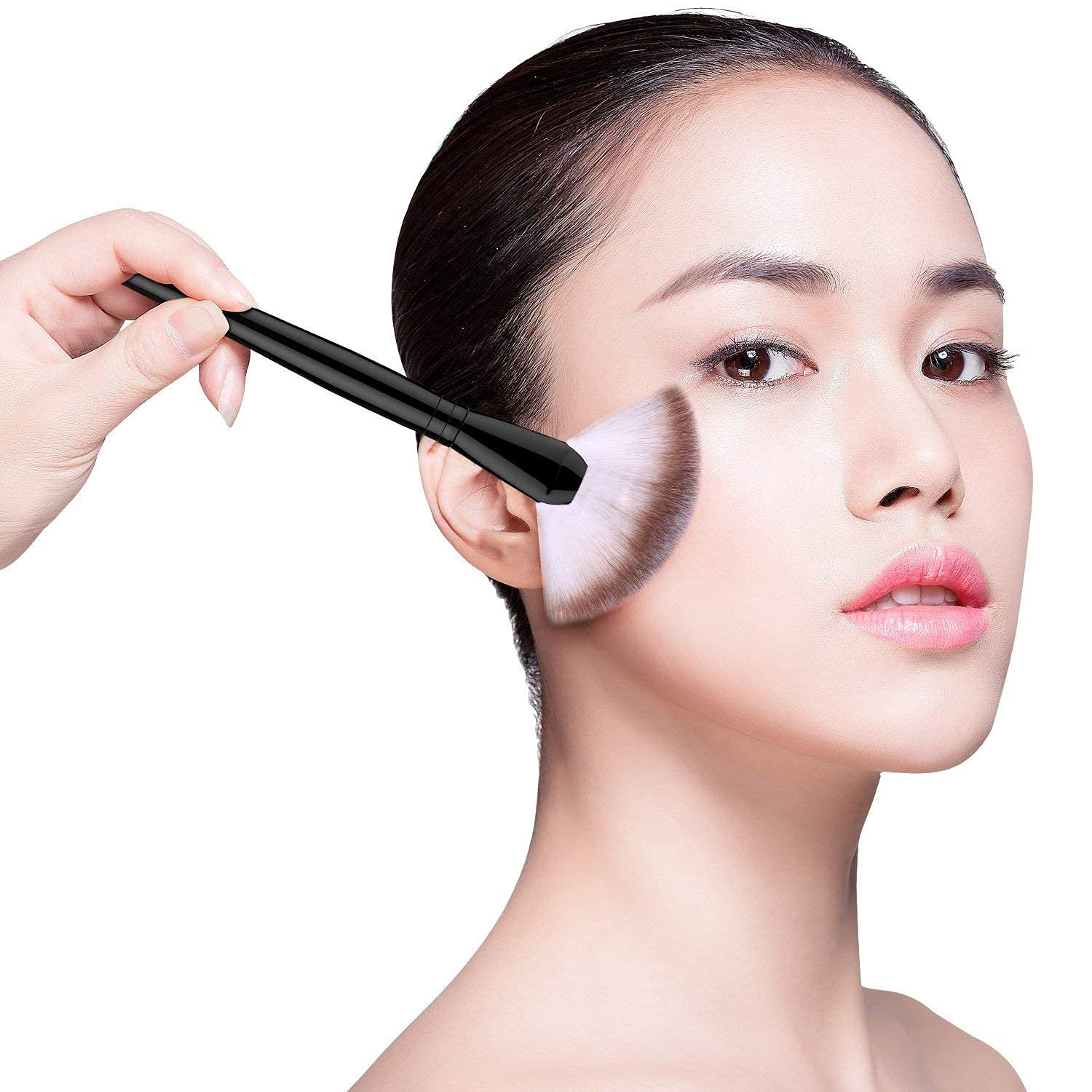
Common Mistakes When Cleaning Brushes
While cleaning makeup brushes is straightforward, common mistakes can undermine efforts. One frequent error involves using harsh chemicals. Strong detergents and alcohol-based products can damage bristles and cause them to shed. Always choose gentle, skin-friendly products for cleaning.
Another mistake is neglecting to clean brushes regularly. Skipping cleanings can lead to significant buildup, resulting in detrimental effects on both the brushes and skin. Establishing a cleaning schedule can help mitigate this issue. Arrange cleaning days into a weekly or monthly routine.
Using the wrong drying method is also problematic. Resting brushes upright can lead to water seeping into the ferule, harming the adhesive that holds bristles together. It’s crucial to lay brushes flat during the drying process to avoid damage. Implementing appropriate methods will ensure brushes remain in good condition.
The Impact of Clean Brushes on Skin Health
Emphasizing the role of clean brushes in skin health cannot be overstated. Unclean brushes introduce bacteria and dirt directly to the skin. This transmission often leads to breakouts or irritations. Maintaining a clean brushing routine prevents excess oil and bacteria from clogging pores.
Additionally, clean brushes reduce the risk of allergens. Brushes can trap particles that cause allergic reactions, including dust and pollen. By cleaning the brushes regularly, one can eliminate these potential triggers from the tools used on skin.
Moreover, clean brushes can improve overall makeup application. When brushes are free from residue, the makeup will adhere better to the skin. This leads to a smoother finish and a more vibrant appearance. Participants will notice an improvement in their overall makeup wear as well.

Additional Tips for Maintaining Makeup Brushes
In addition to proper cleaning, maintaining makeup brushes involves mindful storage. Keeping brushes in a clean, dry place helps prevent dust accumulation. Opt for containers that allow air circulation, preventing moisture buildup.
Also, avoid sharing brushes to maintain hygiene. Sharing tools can significantly increase the spread of bacteria, leading to skin issues. Personal brushes should remain personal—each person’s skin flora is unique and can affect overall skin health.
Lastly, consider replacing brushes periodically. Even with the best care, brushes experience wear and tear. Once a brush shows significant signs of damage or shedding, it may be time for a replacement. Keeping tools in prime condition ensures the ultimate makeup experience.
Conclusion
Understanding how often to clean makeup brushes is essential for maintaining skin health and achieving flawless makeup application. By adhering to recommended cleaning schedules and practices, brushes can remain in excellent condition. Implementing simple techniques, such as using gentle soap and drying brushes correctly, ensures longevity. Regular cleansing routines prevent bacteria and product buildup, contributing to better skin health. Clean brushes also promote better makeup application and overall satisfaction. Prioritizing brush care can pave the way for an enjoyable beauty routine and healthier skin.
